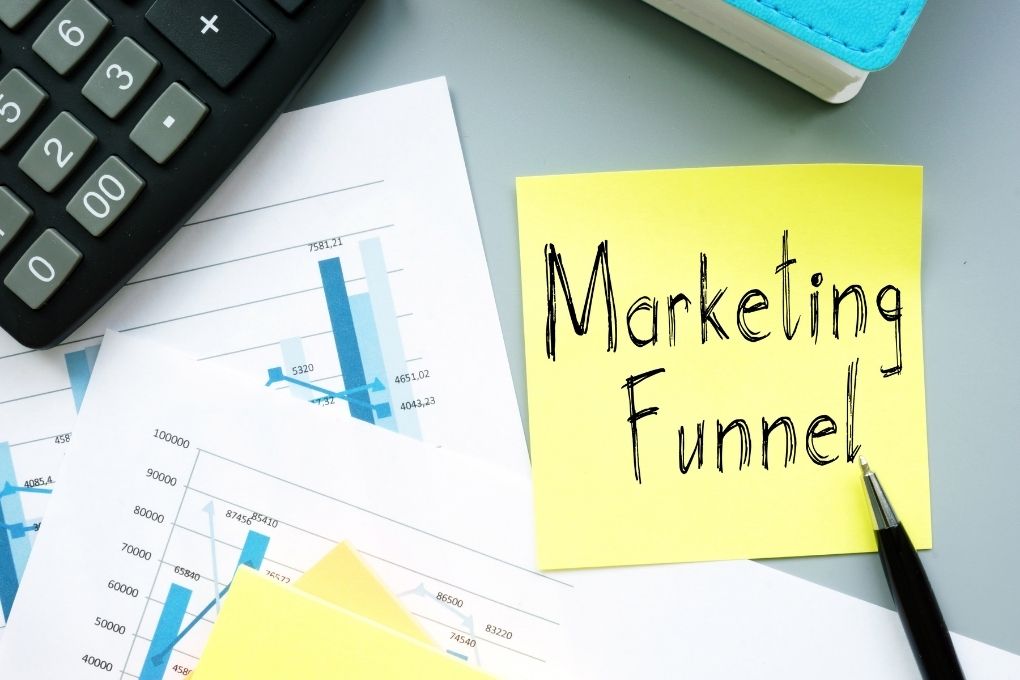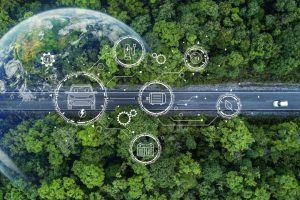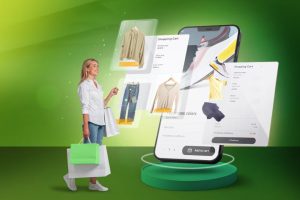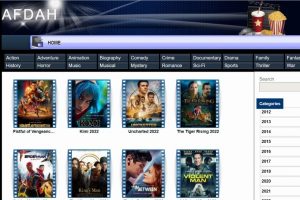
The marketing funnel is one of the frameworks on which the strategy is based, necessary to obtain actionable information on where and how to focus actions on bringing the highest ROI. But a system should never be implemented without a critical understanding of the context, and this is where the concept of the customer journey comes in.
The marketing funnel and customer journey are not different names for the same thing, nor are they mutually exclusive. They deliver the best results when combined to gain visibility.
What is the marketing funnel?
The Marketing Funnel is a simple visualization tool that divides the phases of customer conversion, from knowledge to their final goal: the purchase. In the funnel, you can see three parts:
- TOFU (or top of the funnel).
- MOFU (or half of the funnel).
- BOFU (or bottom of the funnel).
These stages are represented as a funnel. The reason is that they reflect reality, as marketing campaigns aim to capture much more than they can convert. As leads move through the funnel, many drop out, reducing the number of converts by the time the lower end of the funnel is reached.
Also, marketers are aware that more resources are needed at the top than are required at the bottom, as generating leads is difficult.
Why should you introduce the customer journey perspective in your marketing strategy?
The idea of a sales and marketing funnel is over a century old because, although not everyone knows it, the phases of Awareness, Interest, Desire, and Action were first described in 1898.
This method of defining the customer experience and segmenting sales and marketing worked well and almost to this day. But today is different, and many things have changed.
A vast majority of consumers trust online reviews as much as personal recommendations and do research online before buying.
The traditional funnel represents the old-fashioned mindset of volume and burnout marketing: aiming to trap as many leads as possible to the top of the funnel, then expose them to cold calls, billboards, and magazine ads until they convert into prospects. The last phase was to introduce the product until those prospects became customers.
But little by little, marketers began to think that maybe they should approach things from the customer’s point of view.
And so it realizes that the buyer’s experience with the brand begins long before they become a customer. Today, people have almost unlimited access to information about whatever they want. So if a brand is there, people are forming impressions of it long before they even think about buying.
That’s why the old marketing funnel, the concept of pushing people to buy a product, is no longer a viable solution for long-term growth. Today’s consumers are not looking for ads or sellers when they want to buy something, and they embark on a journey of self-discovery, where the destiny is to find the right product for their needs at the right time.
The modern marketing funnel does not consist of four stages, nor does it suddenly stop purchasing. Designed to accommodate many of the complexities of the end-to-end customer experience, it gives you a way to create an immersive experience across channels, devices, and more, to engage and engage with potential buyers and ultimately turn them into advocates who will attract more buyers directly to the company.
Also Read : What Is a Landing Page: How It Works And Its Components?






